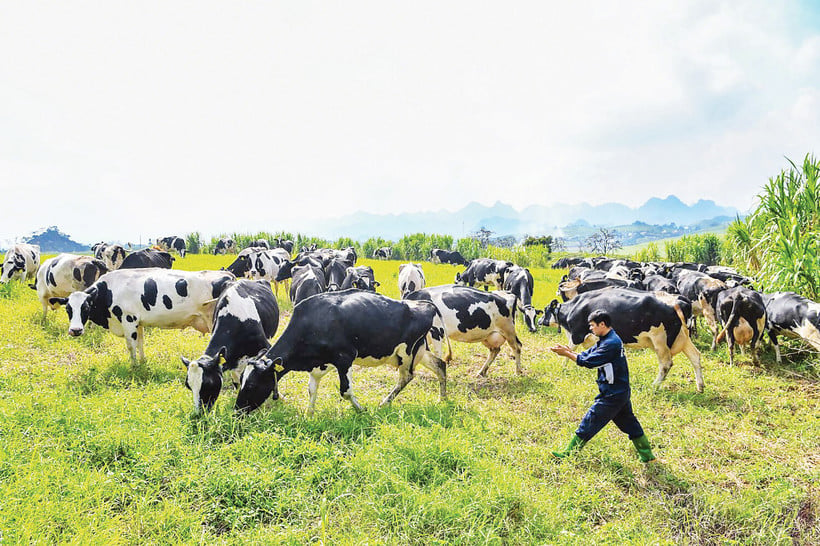
In late autumn, on the green grassy slopes of Moc Chau farm town ( Son La province), herds of dairy cows leisurely graze, creating a rare picture of prosperity in the highlands. The land that was once only familiar with corn, cassava and small-scale farming has now become the “dairy capital” of the north.
Farmers keep up with modern markets
Lo Van Hop, a Thai ethnic in Tan Lap commune, said that in the past, his family only relied on a few corn fields, with an unstable income, worrying about having enough to eat all year round. In 2016, with the support of the cooperative, he borrowed money to buy 12 dairy cows. At first, he was still confused, but thanks to the support of technical staff and the products being purchased by businesses, he gradually felt more secure. "Nearly 10 years later, the herd of cows has increased to nearly 30, each year giving more than 200 tons of milk, bringing in an income of about 800 million VND. Poverty is no longer a problem."
According to statistics, the whole Son La province currently has more than 30 thousand dairy cows, milk output reaches more than 120 thousand tons/year, accounting for nearly 40% of the total milk output of the country. The estimated production value of the dairy industry is thousands of billions of VND each year. Moc Chau alone has about 600 households raising dairy cows, with an average income many times higher than that of growing corn and upland rice. The role of "locomotive" enterprises such as Vinamilk and TH True Milk is especially important. They invest in modern processing plants, build raw material areas, transfer technology, support loans and provide technical training for farmers. Thanks to that, Moc Chau milk not only meets domestic demand but also aims for export.
Mr. Nguyen Xuan Duong, Chairman of the Vietnam Livestock Association, said that Moc Chau dairy cows are a typical example of commodity agriculture in the mountainous region. People no longer produce for self-sufficiency but have participated in a closed value chain, have stable income and are linked to the modern market.
The dairy ecosystem also promotes many satellite services such as veterinary, transportation, food processing, organic fertilizer, trade and tourism. Many farms have opened additional agricultural tourism services for visitors to experience milking, visit barns, and enjoy fresh products on the spot, thereby increasing the value of products and creating more livelihoods for local people. This is considered a way to help people escape poverty sustainably, while turning dairy cows into a driving force for green economic development in mountainous areas.
Waiting for more "new Moc Chau"
However, the dairy industry in the mountainous areas still faces many challenges. The cost of raising livestock is still high when most of the concentrated feed must be imported from the lowlands, causing production costs to increase. The rapid increase in the herd also poses the risk of disease, especially in the context of many households' barn conditions not meeting biosafety standards. The consumption market depends mainly on a few large enterprises, while the region's own brand has not yet been clearly established. In particular, the problem of borrowing capital is still a big barrier: to raise dairy cows, farmers need a significant investment in barns and breeding animals, but access to credit is limited.
For sustainable development, the dairy industry in mountainous areas needs to be linked to a circular economy that utilizes manure as organic fertilizer, biogas or renewable energy, while encouraging green agricultural models to reduce emissions. Local authorities also need to plan food raw material areas and encourage businesses to invest in deeply processed products such as yogurt, cheese or butter to increase value. Developing regional brands, such as “Moc Chau Milk” or “Son La Milk”, will create a competitive advantage with imported milk, while combining dairy cows with agricultural tourism can bring about synergistic value.
Not only Son La, many other provinces such as Tuyen Quang, Lang Son, Cao Bang are also replicating this model, with the ambition of forming more "new Moc Chaus". If we make good use of the companionship of businesses and support policies, dairy cows can completely become a typical economic sector for the entire Northern Midlands and Mountains - an "agricultural economic locomotive" that both increases people's income and promotes green and sustainable development.
From poor corn and cassava fields, dairy cows have opened up a new livelihood with an income 5-7 times higher than that of corn cultivation. A household raising an average of 15-20 cows can earn a revenue of 500-700 million VND/year, while contributing to creating jobs for about 5,000 workers in Son La, of which more than 60% are women and young people.
Source: https://nhandan.vn/bo-sua-len-nui-post912274.html





![[Photo] Bustling Mid-Autumn Festival at the Museum of Ethnology](https://vphoto.vietnam.vn/thumb/1200x675/vietnam/resource/IMAGE/2025/10/4/da8d5927734d4ca58e3eced14bc435a3)
![[Photo] Solemn opening of the 8th Congress of the Central Public Security Party Committee, term 2025-2030](https://vphoto.vietnam.vn/thumb/1200x675/vietnam/resource/IMAGE/2025/10/4/f3b00fb779f44979809441a4dac5c7df)
![[Photo] General Secretary To Lam attends the 8th Congress of the Central Public Security Party Committee](https://vphoto.vietnam.vn/thumb/1200x675/vietnam/resource/IMAGE/2025/10/4/79fadf490f674dc483794f2d955f6045)
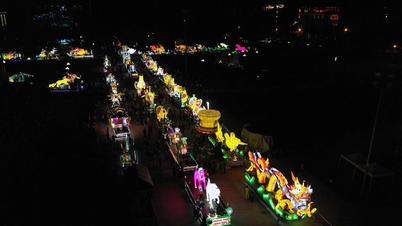
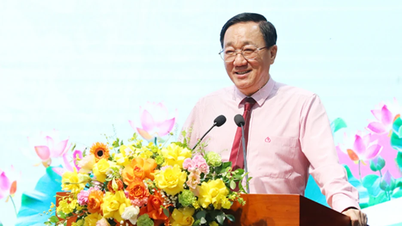



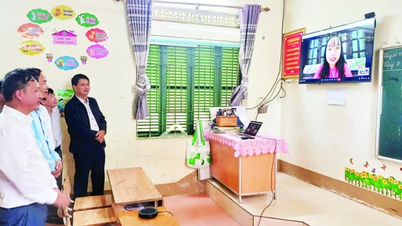
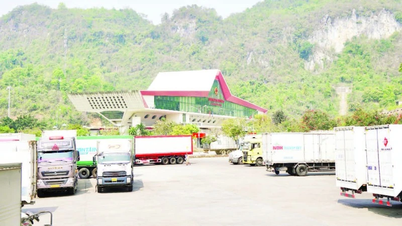




![[Video] 24-hour news on October 4, 2025: General Secretary To Lam: The People's Public Security strives to break through and create new miracles for the Party, for the country, for the people](https://vphoto.vietnam.vn/thumb/402x226/vietnam/resource/IMAGE/2025/10/4/0282e64dcd684755b8e5abb51e819fc2)
![[Video] Closing ceremony of the 1st Gia Lai Provincial Party Congress](https://vphoto.vietnam.vn/thumb/402x226/vietnam/resource/IMAGE/2025/10/4/2ecdd4a5fb494817b4de4a3c56f6bf29)
![[Video] The Executive Committee of the Hue City Party Committee, term XVII, was introduced and received its tasks.](https://vphoto.vietnam.vn/thumb/402x226/vietnam/resource/IMAGE/2025/10/4/9a5d75cb93da4f139c1e18248d997828)
![[Video] Opening of the preparatory session of the 1st Congress of Quang Tri Provincial Party Committee](https://vphoto.vietnam.vn/thumb/402x226/vietnam/resource/IMAGE/2025/10/4/8de59524ad91416c8d5166ec980bd007)

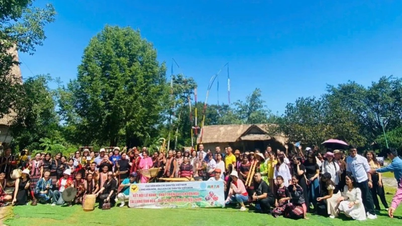


























![[VIDEO] Summary of Petrovietnam's 50th Anniversary Ceremony](https://vphoto.vietnam.vn/thumb/402x226/vietnam/resource/IMAGE/2025/10/4/abe133bdb8114793a16d4fe3e5bd0f12)
![[VIDEO] GENERAL SECRETARY TO LAM AWARDS PETROVIETNAM 8 GOLDEN WORDS: "PIONEER - EXCELLENT - SUSTAINABLE - GLOBAL"](https://vphoto.vietnam.vn/thumb/402x226/vietnam/resource/IMAGE/2025/7/23/c2fdb48863e846cfa9fb8e6ea9cf44e7)

















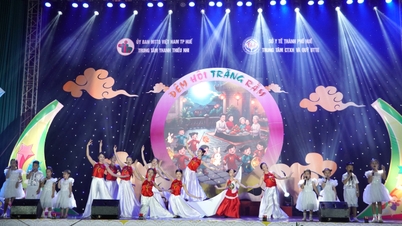





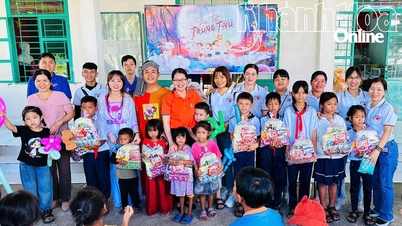

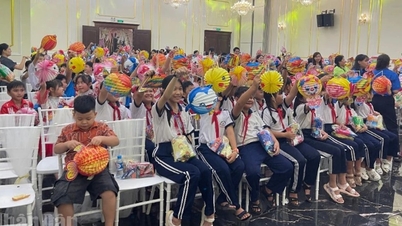

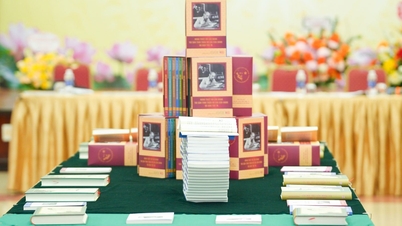








Comment (0)